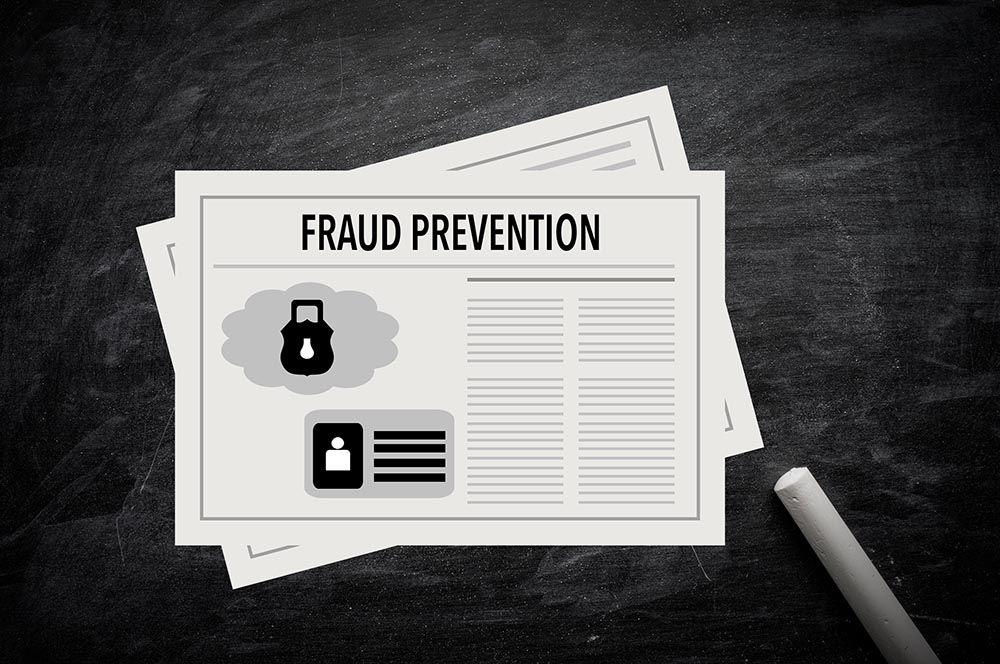As a business owner, you’ve probably received advice regarding keeping accurate books in case of an IRS audit. While this is excellent advice if you ask us, there are a plethora of reasons why you need to keep accurate records. One of the most pressing reasons is to protect your business from employee expense report fraud. This type of fraud occurs when an employee (knowingly or unknowingly), receives reimbursement for expenses that are not covered by your reimbursement policy or receives a higher amount than was spent.
How Much Money Could I Lose?
Expense report fraud is a major issue and could be costing your business a pretty penny. A 2013 SAP Concur analysis found that 23% of expense reports fail audit checks. A recent study done by Certified Fraud Examiners, or CFES for short, estimated that 5% of yearly revenues are lost to fraud. They also showed that on average, one case of fraud led to a median loss of $30,000.
So…How is Expense Report Fraud Committed?
Keep in mind, expense fraud is not always intentional. Many employees make accidental errors on their reports. So how do you determine whether fraud was committed by accident or with the intent to deceive? Well, there are four different ways that expense fraud can be committed. Knowing the different types can help you identify fraud and help you decide what action to take if you identify a fraudulent expense.
The four types of expense report fraud are:
1. Mischaracterized Expenses – This type of fraud occurs when non-business-related expenses are claimed as business expenses. Employee confusion and /or oversight can often cause this type of fraud.
2. Inflated Claims – This type of fraud occurs when the employee claims more money on an expense report than was actually spent. Some employees may attempt to justify the expense by falsifying receipts. However, employee oversight can also be a cause.
3. Falsified claims – This type of fraud happens when an employee submits a claim with an intention to deceive. They will often use falsified or fake documents. This type of fraud requires immediate corrective action.
4. Multiple Claims – This occurs when an employee submits the same receipt more than once and receives multiple reimbursements for the same expense. This can be done intentionally, or by accident.
How to Identify Expense Report Fraud.
When reviewing employee expenses, there are four patterns you should watch for:
- Identical submissions from multiple employees. If several employees are claiming the same expense, there is a significant chance that there is an expense fraud scheme at play.
- Cash as a payment type. Are employees including expenses that would normally be paid by credit card (such as hotel rooms, or plane tickets)?
- Segmenting expenses across time to stay within daily/weekly limits. Look to see if the same expense is being reported week after week at different amounts.
How Can I Prevent Expense Report Fraud?
According to Abigail Grenfell, the president of Internal Control & Anti-Fraud Experts, LLC, there are several ways to prevent expense fraud schemes.
- Maintain a travel reimbursement policy. One way to do this is to set limits. The IRS sets “Per diem” limits, and you can use these same limits to reduce travel expenses.
- Require original documentation (such as receipts or invoices) to be submitted with each report or maintained for a period of time for audit purposes.
- Initiate a formal review process and have someone from your management team periodically look for abnormalities.
- Routinely question expenditures that look extraordinary or abnormal. If you do not immediately address issues, expense fraud will only be more difficult and costly to resolve later. Simply asking an employee about their expense claim could deter repeat offenses.
- Have all disbursements made in a formal manner through either accounts payable or payroll. Cash shouldn’t be advanced to employees if at all possible.
- Implement the use of corporate charge or debit cards for greater control. With corporate cards, companies can query each card individually and monitor expenses. You can also set daily limits to keep spending to business necessities.
- Review statements on a monthly basis, if using corporate cards. These reports can help you determine how many charges are being canceled or credited back to the accounts. This activity can be compared to actual expense reports to determine report accuracy.
- Annually audit a sample of employees’ expense reports to ensure they meet the company’s established guidelines. Be sure that proper documentation exists to support the expenditures that were requested. If a company card is used, verify that the balance is being paid promptly.
- Treat reimbursement activities consistently by having employees pay expenditures and seek reimbursement, or by having the company pay these expenses directly. Flip-flopping between the two could allow for duplicate reimbursement to occur.
- Prosecute offenders found to be violating or falsifying their expense reports. If they are allowed to escape unpunished, others will follow their actions.
Even with strong policies in place and regular auditing, fraud can still occur. However, keeping accurate records can help you identify offenders and lower the risk of long-running expense schemes occurring at your organization. Neat can help you and your employees track expenses and digitize and store receipts.
Popular

August 23rd, 2024

March 6th, 2025

March 9th, 2022

June 26th, 2020


